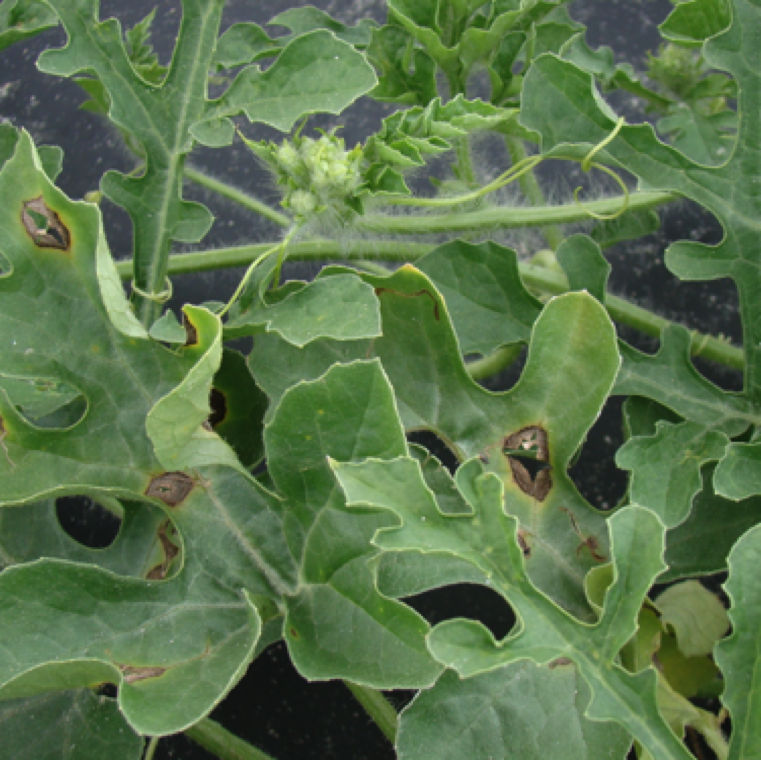By Clint Thompson
Incidences of anthracnose are on the rise in cucurbits in the Southeast. They’ve already impacted production in Georgia. Experts in Florida want producers to be wary of the disease.

While this past season’s dry spring spared Florida production, anthracnose is still a concern for Gary Vallad, professor of Plant Pathology at the University of Florida Institute of Food and Agricultural Sciences (UF/IFAS) Gulf Coast Research and Education Center.
“We want growers to be aware of this and when they start having problems to let us know so we can come out and try to investigate; collect some more isolates and really try to get to the bottom about what’s going on. Are we dealing with different species? Are we dealing with fungicide resistance?” said Vallad, who said management options start with Qol fungicides.
“If there is resistance, that could be quite problematic because a lot of the other fungicides just aren’t very effective against it.”
Disease Symptoms
Its symptoms consist of leaf spots, defoliation and an occasional fruit lesion. It can also spread in the fruit bins after harvest, which makes it more difficult to control.
“It’s been kind of hit and miss. When growers have had some issues with it, it’s been pretty major. Then sometimes they won’t have any issues with it at all. I know this last spring it was pretty dry, so they didn’t have many issues with it like they had in the past. But it’s definitely a raised concern for our industry, and we’re trying to keep an eye on it,” Vallad said. “It’s not really problematic on the leaves, but when it gets on the fruit, then it becomes extremely problematic. It can cause lesions on the fruit and lead to fruit rot. That becomes a bigger problem for them.
“When you get into melons, you get into crops that are in the field for so long, things just seem to accumulate. When we have rainy periods during spring production, it can be extremely problematic. I think that’s why this last spring it wasn’t much in growers’ minds because it was pretty quiet, pretty dry.”









